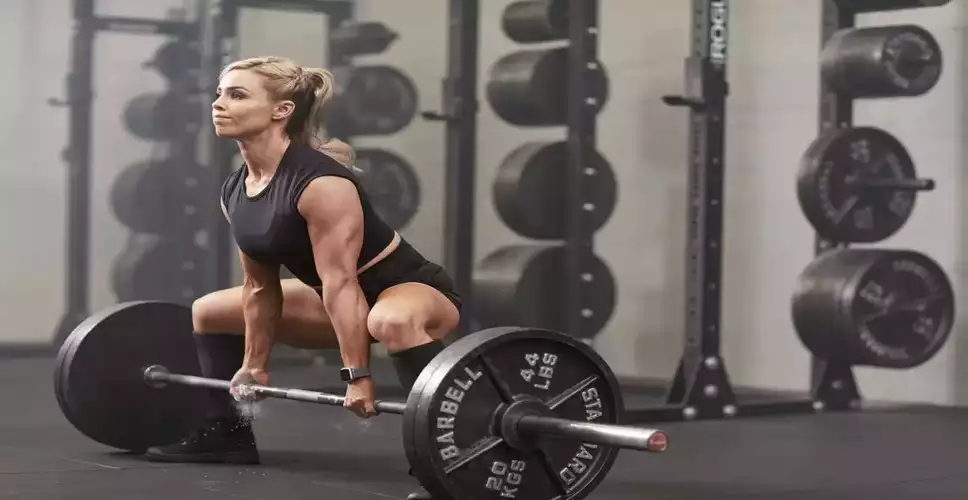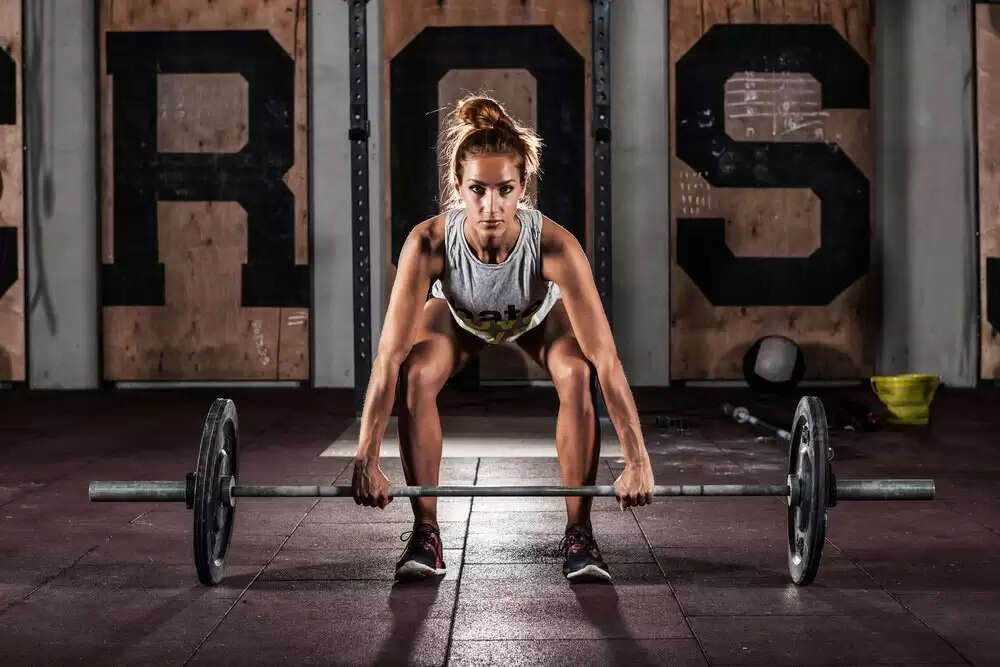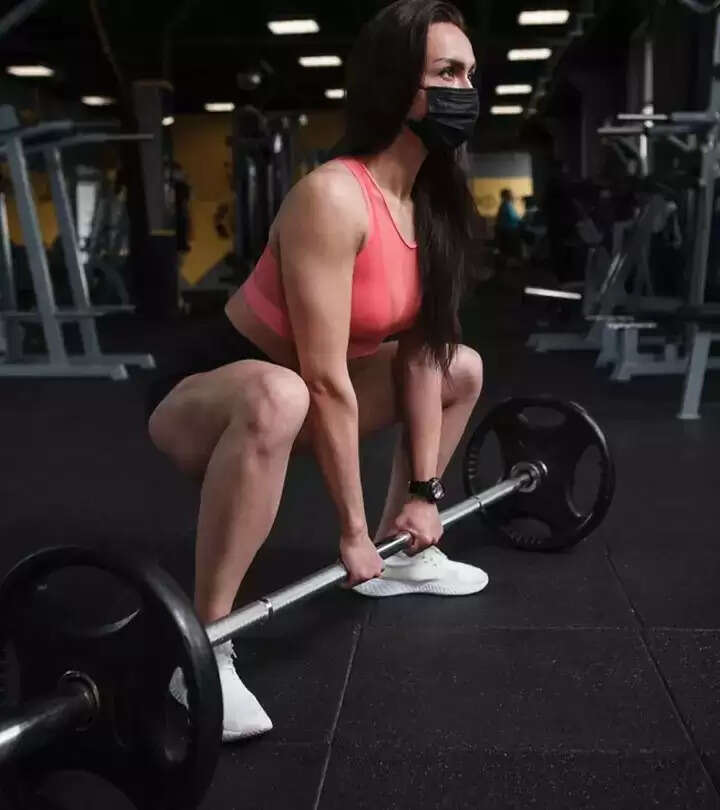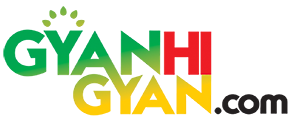Sumo Deadlifts: Benefits, Technique, and How to Avoid Common Errors
When it comes to strength training, deadlifts are considered the king of weightlifting exercises. However, sumo deadlifts rarely get the recognition they deserve because they are considered weak due to their low range of motion. But this amazing variety can help improve your stability and balance.

When it comes to strength training, deadlifts are considered the king of weightlifting exercises. However, sumo deadlifts rarely get the recognition they deserve because they are considered weak due to their low range of motion. But this amazing variety can help improve your stability and balance.
This exercise involves a wide leg stance that helps you lift more weight, but is also kind to your lower back. It's worth considering whether you want to include it as a staple in your workout routine or as an easy option when you lack motivation. Keep reading to learn more about this multi-muscle activity, its benefits, and common mistakes you can make while doing it.

What are sumo deadlifts?
Sumo deadlifts are a deadlift variation that uses a wide leg stance like a sumo wrestler. The movement requires the lifter to grip the bar with their hands in a sumo squat stance, with their toes under the barbell and pointing slightly outward. This provides greater leg strength and makes it easier for the lifter to pull heavy weights without straining his lower back. If you want to lift heavy weights without affecting your back and spine then you can go for this deadlift variant.
What muscles do sumo deadlifts work?

Glutes
These lifts follow a posture with your legs wide and turned outwards. They work to elongate your hips and lengthen your body. Since leg movement is greater away from the midline of the body, sumo deadlifts work the glutes to a higher degree (1).
lower back
The spinal erectors are one of the critical limitations during heavy workouts for most people. Sumo deadlifts work to develop the lower back muscles by keeping the spine stable while the person pulls the weight. Further, the shearing load on the lumbar spine is less because the torso is more upright during the lift (2). Thus, the sumo deadlift is better for your back.
Quadriceps
This deadlift variation works on extending your knees so that the lift begins with the right leg. The lift setup requires a lot of quad strength to continue. So, if your quadriceps are not well engaged, you can end up with some unwanted adjustments that can make the deadlift difficult.
secondary muscles
Apart from the primary muscles mentioned above, sumo deadlifts also work some secondary muscles. For example, your hamstrings are engaged when you do a sumo deadlift. The same goes for your adductors, trapezius and forearm flexors. However, if you want to target these muscle groups more aggressively, choose other variations such as traditional and sumo Romanian deadlifts.
